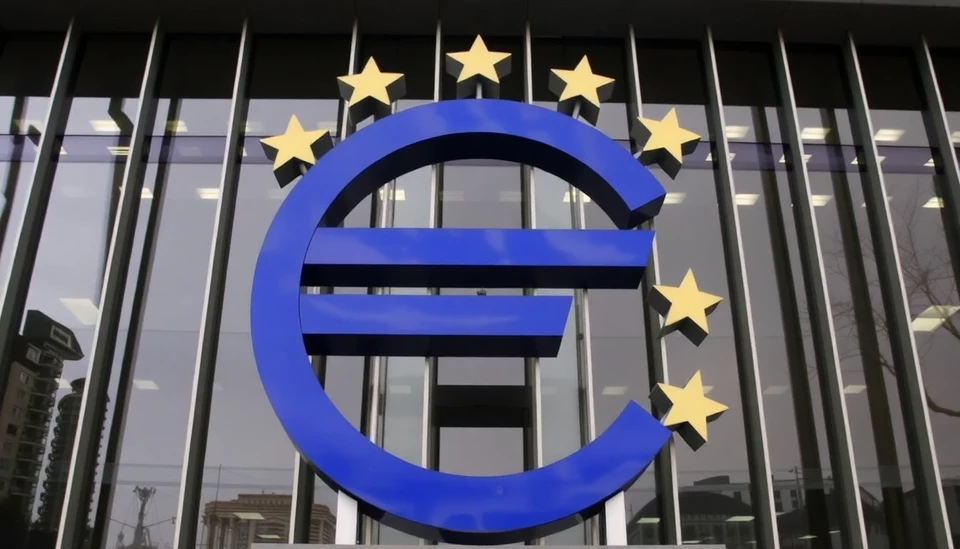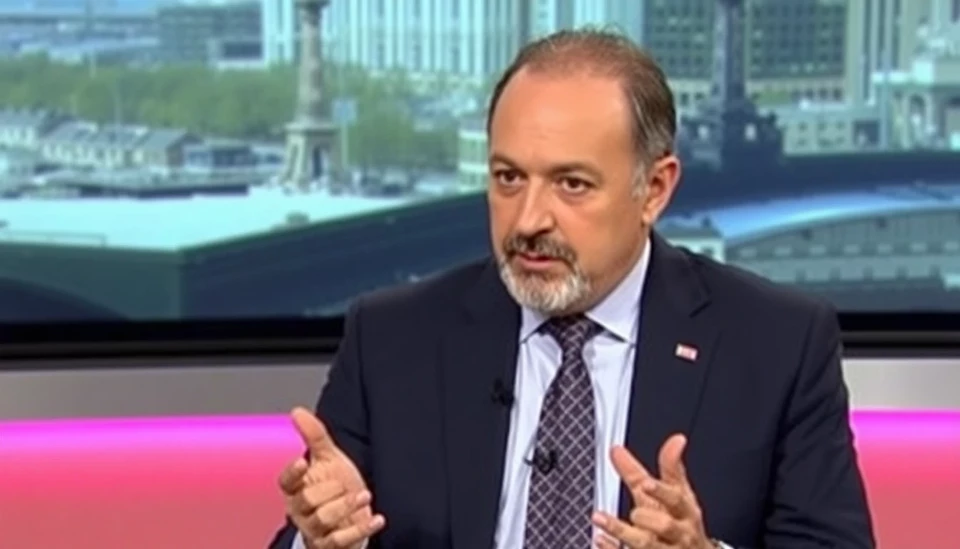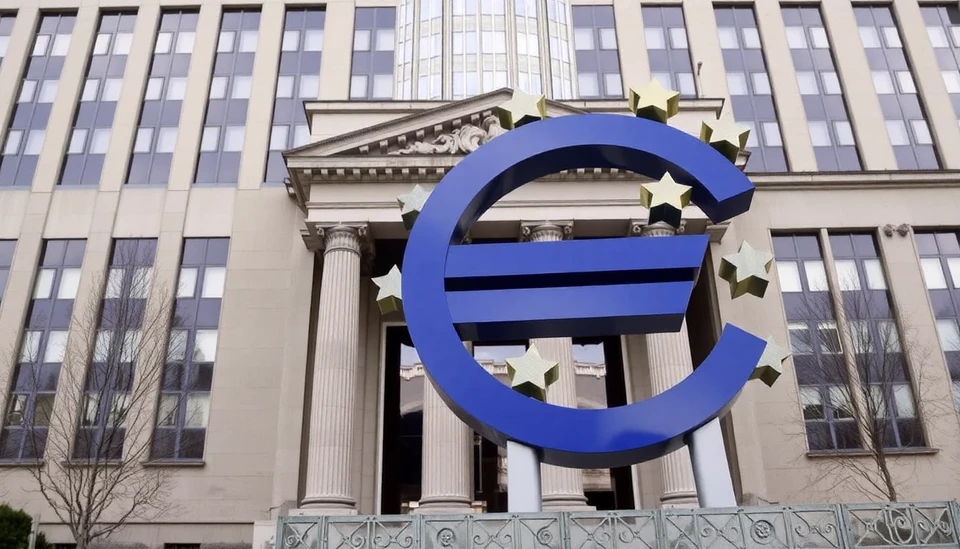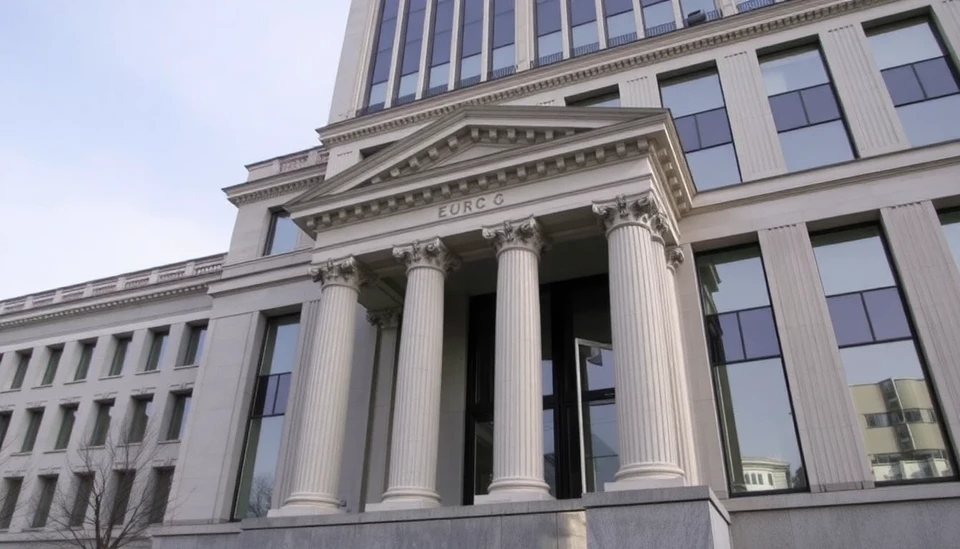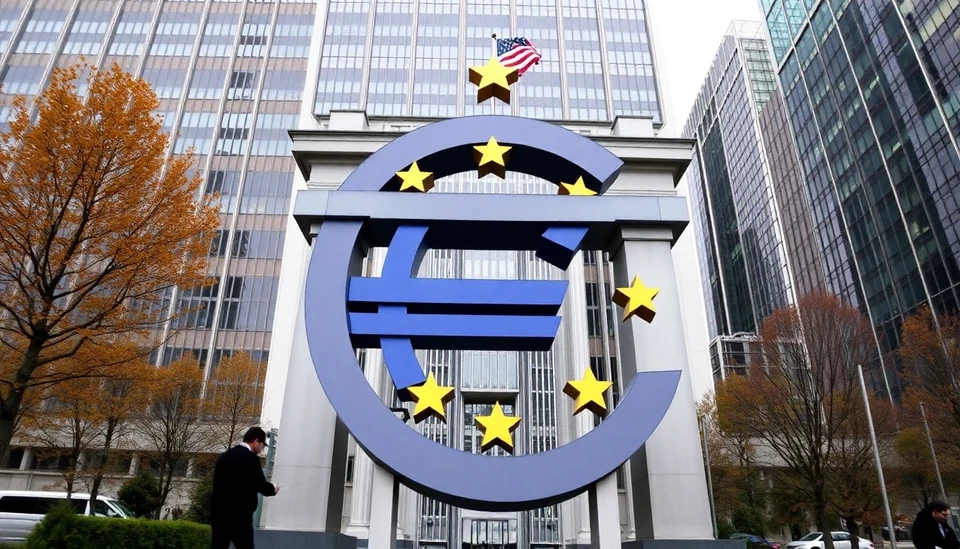
In a recent revelation, it has come to light that European Central Bank (ECB) officials were deeply focused on the concept of risk management during discussions leading up to the decision to cut interest rates in October. This strategic approach reflects the bank's growing concern over the potential economic fallout from the rising inflation and a slowing eurozone economy.
The ratified decision to lower rates was not merely a financial adjustment but a proactive measure aimed at addressing swirling uncertainties in the market. In the weeks leading to the meeting, there was a considerable debate among policy makers regarding the delicate balance between curbing inflation and stimulating borrowing and investment to invigorate the sluggish economic environment.
ECB officials engaged in rigorous discussions, emphasizing the importance of ensuring that monetary policy remains adaptable. Their approach is driven largely by the understanding that unpredicted challenges could arise, thus necessitating a framework that can quickly respond to changing economic conditions.
Internal communications highlighted that many officials considered a robust risk management strategy essential in guiding their decision-making process. They assessed not only the immediate impacts of a rate cut but also the longer-term consequences that such monetary policies could have on inflation levels and economic growth across the eurozone.
Moreover, insights from some officials disclosed an underlying reluctance to rely solely on low interest rates as a remedy for economic challenges. Their rationale rests on the idea that while lowering rates can stimulate certain areas of the economy, it also poses risks, such as the potential for asset bubbles and long-term dependency on cheap borrowing costs.
This cautious strategy aligns with the broader Eurozone economic landscape, which faces numerous pressures including geopolitical tension, supply chain disruptions, and fluctuating energy prices. Analysts have pointed out that these factors contribute to a complex backdrop that necessitates careful consideration of monetary policy actions.
Consequently, the ECB's focus on risk management may signal a pivotal shift in how central bankers perceive their role in an increasingly uncertain financial landscape. As they navigate these challenges, it appears that the balance between stimulating growth and containing inflation will remain a core consideration in future monetary decisions.
In the wake of the October rate cuts, ECB officials are likely to continue monitoring the evolving economic conditions closely, ready to calibrate their strategies in response to emerging data. This adaptive stance will be crucial as the Eurozone strives to regain its economic footing amidst persistent inflationary pressures and potential new crises on the horizon.
As the ECB continues to navigate these complexities, investors and markets will be closely watching its approaches to monetary policy. The outcomes of these decisions will not only shape future economic growth in the eurozone but also influence global financial trends.
In conclusion, the emphasis on risk management by ECB officials underscores the necessity of a nuanced approach to monetary policy in times of uncertainty. The focus has shifted beyond mere rate cuts to a comprehensive analysis of long-term repercussions and market stability.
#ECB #InterestRates #MonetaryPolicy #EurozoneEconomy #EconomicStability
Author: Laura Mitchell
